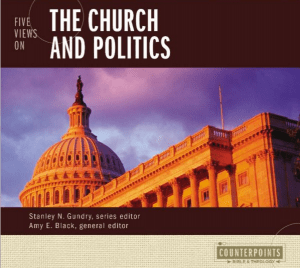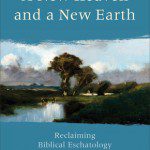There are a couple of interesting articles in the latest issue of Physics Today – a monthly magazine published by the American Institute of Physics and delivered as part of the membership dues to those belonging to member societies including the American Physical Society, The American Association of Physics Teachers, and a number of other related societies. These articles look at the issue of global warming and public perception. One impetus for these articles is the growing consensus among scientists active in the various relevant areas of investigation that global warming is real and has an anthropogenic source, and the contrast with the stagnant or increasing doubt in the general public. A recent survey published by the Yale Project on Climate Change Communication – Global Warming’s Six Americas shows that while most remain concerned or cautious, 52%-55%, there is a distinct growth in skepticism (those who are dismissive) and a decrease in “true believers” (those who are alarmed).
The first article, Science controversies past and present by Steve Sherwood, compares current reactions to claims about anthropogenic climate change to past controversies including the acceptance of a heliocentric solar system and of Einstein’s theory of relativity. This article is available free from Physics Today online. Steve Sherwood runs through a number of factors and timelines and concludes:
Despite the clear historical precedents … scientists and environmentalists alike appear to have been unprepared for the antiscience backlash now under way. A first step toward better public communication of science, and the reason we need it, may lie in recognizing why the backlash happens: the frailty of human reason and supremacy of emotional concerns that we humans all share but do not always acknowledge.
These articles struck me as particularly interesting in light of a number of issues of importance today, from global warming and climate change to evolution and cancer research. In all of these areas there is evidence of something of an anti-science backlash. The science is misunderstood and distrusted. Now everyone who reads this blog knows that I am a scientist, and a professor – so perhaps you do not want to take my word for it that the science is misunderstood. That is completely understandable, even laudable. It is incumbent on the experts to communicate in a way to be understood. It is not incumbent on the general public to simply believe what ever they are told by the high priests of science. And Sherwood notes at the end of the paragraph quoted above, speaking specifically to scientists, “tempering confidence with a dose of humility never hurts either.”
What do you think needs to be done to convince you of the accuracy of a scientific result?
How do you interpret the arguments and reach a conclusion?
The second article in the October issue of Physics Today, by Richard Somerville and Susan Joy Hassol, addresses the issue of Communicating the science of climate change. This article is, unfortunately, only available with subscription (added – I think it is now available without subscription). Somerville and Hassol put a fair bit of the blame for misunderstanding on the inability of scientists, lost in their own world and pursuits, to communicate to the general public. This builds on the history described by Sherwood – but concentrates specifically on the way scientists communicate or miscommunicate. There is much I could pull out to discuss in this article. Somerville and Hassol note that scientists love to start from first principles and get lost in the detail. They often fail to emphasize the bottom line, it seems almost an afterthought. For the general public it would be better to start with the bottom line and the “So what?” and then move to the details that support the claim. There is also a tendency to throw out large concepts without providing concrete examples.
Somerville and Hassol also suggest that scientists tend to use a technical vocabulary that enhances the message for a trained audience but obscures the message for the general public. They provide a table with a series of common terms in climate research and compare the scientific and popular interpretations of these terms. I am not convinced that the terminology used is a large part of the problem, but perhaps it is. I give a selection of the terms that Somerville and Hassol highlight in the table below.
Do the selection of examples given in the table below seem confusing? Are there others that you find confusing or misleading?

What do you think that scientists – or experts in any field – can or should do to communicate?
If you wish to contact me directly you may do so at rjs4mail[at]att.net.
If interested you can subscribe to a full text feed of my posts at Musings on Science and Theology.












